Visit the home where L.A.’s Indiana Jones once lived

- Share via
I went time traveling last weekend without leaving L.A. I started my trip to the late 1890s by visiting the Lummis Home in Highland Park, a rustic Craftsman-style dwelling built by Charles Lummis. When I say he built it, I mean he spent 13 years handcrafting the stone house and tower, with windows inset with glass plate photos he had taken in the Southwest and thick wooden interior doors. He named his castle El Alisal, which is Spanish for “sycamore,” though the sycamores on the site post-date Lummis’ time there.
Here’s what a 2015 KCET story said of the poet, author, ethnographer, journalist and librarian: “Over ... 20 odd years, he would write 16 books, become a celebrated photographer and amateur archeologist, do a stint as city librarian, found the Landmarks Club to save crumbling missions, create the Southwest Society that would open the Southwest Museum, fight government sponsored Indian schools, and champion Native American rights.”
Lummis was part Indiana Jones (a self-taught adventurer and collector of artifacts from Latin America and the Southwest as well as from Native Americans) and part Forrest Gump (in 1884, he walked 3,500 miles from Cincinnati to L.A. to take a job at the Los Angeles Times). He was also a white man who appropriated items from Indigenous people in a quest to preserve their cultural artifacts.
On my visit to the home squeezed between the 110 Freeway and 42nd Street, I met Christian Rodriguez of L.A. Parks and Recreation, who single-handedly greets people and oversees Lummis’ home. We had a thoughtful conversation about Lummis, his fame and his flaws, and how his legacy is seen now. “He was ahead of his time,” Rodriguez told me. “He was an advocate for Native Americans, but now we have a different perspective on that.”
Indeed. To learn more, Rodriguez recommended an exhibit about Lummis at the nearby Southwest Museum (originally called the Southwest Museum of the American Indian). It was the perfect complement to a tour of his home and the ideal place to find a deeper understanding of Lummis in the here and now.
In the exhibition, Cindi Alvitre, a Tongva descendent who teaches at Cal State Long Beach, wrote that his “fervent champion of Indian rights” was misguided and harmed the people he claimed to champion. “Lummis ushered in an era of invisibility of the local Indigenous, and, being the salesman he was, marketed a new image palatable to the largest wave of American immigrants to ever arrive on this local landscape.”
This sparked more discussion, this time with Joshua Mattick, who was overseeing the exhibits at the museum on the hill now run by the Autry Museum of the American West. The show includes a timeline of Lummis’ life and adds Indigenous and other voices. Lummis oversaw the creation of what became L.A.’s first museum in 1907. Legend has it he insisted the Southwest Museum be built high on a hill with the belief that you had “to walk for knowledge.”
I recommend visiting the home and the museum, and engage in conversations about the man and his legacy. Both are free and open to the public. Lummis Home and Gardens, 200 E. Ave. 43, Los Angeles; 10 a.m. to 3 p.m. Saturdays and Sundays. The Southwest Museum, 234 Museum Drive, Los Angeles (there’s a Gold Line Metro stop here);10 a.m. to 4 p.m. Saturdays.
5 things to do this week

1. Work to restore a SoCal wetland, and bring the kids too. Tidal wetlands, transitional zones between water and land that provide habitat for native plants and animals are rapidly disappearing in Southern California. That’s why these coastal habitats need our help to thrive. Volunteers are needed to remove non-native plants and trash at the Los Cerritos Wetlands in Long Beach and Seal Beach (bisected by the San Gabriel River). No special skills are required for the two-hour sessions held the first Saturday of the month. Children 14 and younger are welcome as long as they are with an adult. Plan to arrive at 10:15 a.m. Aug. 7 at the corner of Pacific Coast Highway and 1st Street in Seal Beach; no registration required. Cleanups are scheduled Sept. 4, Oct. 2, Nov. 6 and Dec. 4, sponsored by the Aquarium of the Pacific in Long Beach and the Los Cerritos Wetlands Authority. More info here.

2. It’s hot! Maybe it’s time for a zipline ride in the mountains. Is there anything more refreshing than ziplining during the dog days of summer? There are a few places in the Angeles National Forest within an hour-plus drive from downtown Los Angeles. Ziplines at Pacific Crest in Wrightwood offers a 2½-hour Mountain View Tour with six zips about 150 feet above the forest floor ($119 to $129 per person) and a Canopy Tour that lasts 3½ hours and sends you soaring 300 feet above the forest floor on nine zips ($129 to $139 per person). Tours also add rappelling, short hikes, climbs on suspended stairs and other activities. Hours are 9 a.m. to 4 p.m. daily. Info at ziplines.com. The Mt. Baldy Ski Resort near Mt. Baldy Village sends visitors on Desert View Zipline rides from its launch platform at 7,800 feet in elevation (you take a chair lift to the start). There are four side-by-side lines that carry you for 600 feet at 90 feet above the ground. Rides Fridays-Mondays cost only $25 to $33 per person, according to the resort’s website. More info at mtbaldyresort.com.

3. Do you want to see flightseeing tours over Death Valley? Your thoughts welcome. You can see a lot more of a national park from an airplane or a helicopter, which is why flightseeing tours above Denali and Grand Canyon national parks are popular. What about Death Valley National Park? There’s a proposal to allow no more than two — yep, just two — flights a year over the desert park that’s 90% wilderness. In a statement, the National Park Service admits that air tours conflict with the “natural quiet and solitude” of the park, but feels the limited number wouldn’t ruin the experiences of the almost 2 million visitors who come each year. Find out more about the plan by attending a (virtual) public meeting from 4:30 to 6 p.m. Aug. 17 and sending comments by Aug. 28. FYI, flights would not take off or land within the park.
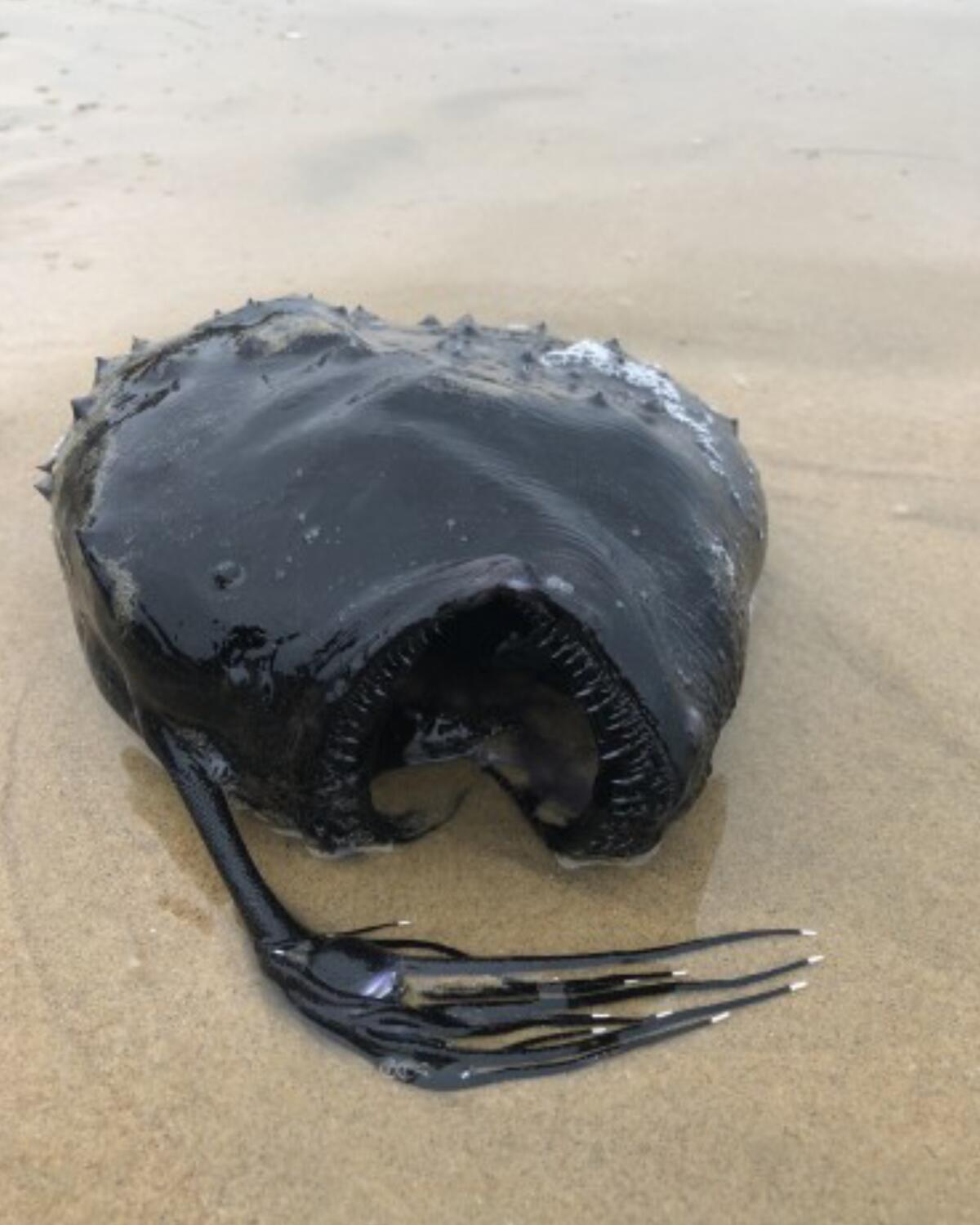
4. Learn what’s way beneath the ocean surface with a deep-sea explorer. Remember that odd-looking fish that washed ashore in Newport Beach in May? It was a rare find, a wide-mouthed Pacific footballfish, which typically lives about 3,000 feet below the surface. What else dwells in such deep waters? Edie Widder, chief executive and senior scientist at the Ocean Research & Conservation Assn., will speak about the deep sea in an online lecture at 7 p.m. on Aug. 6. sponsored by the Cabrillo Marine Aquarium in San Pedro. Widder has participated in many submersible dives and is a bioluminescent specialist. Register here for the free talk “Here Be Monsters: Exploring the Edge of the Map.”
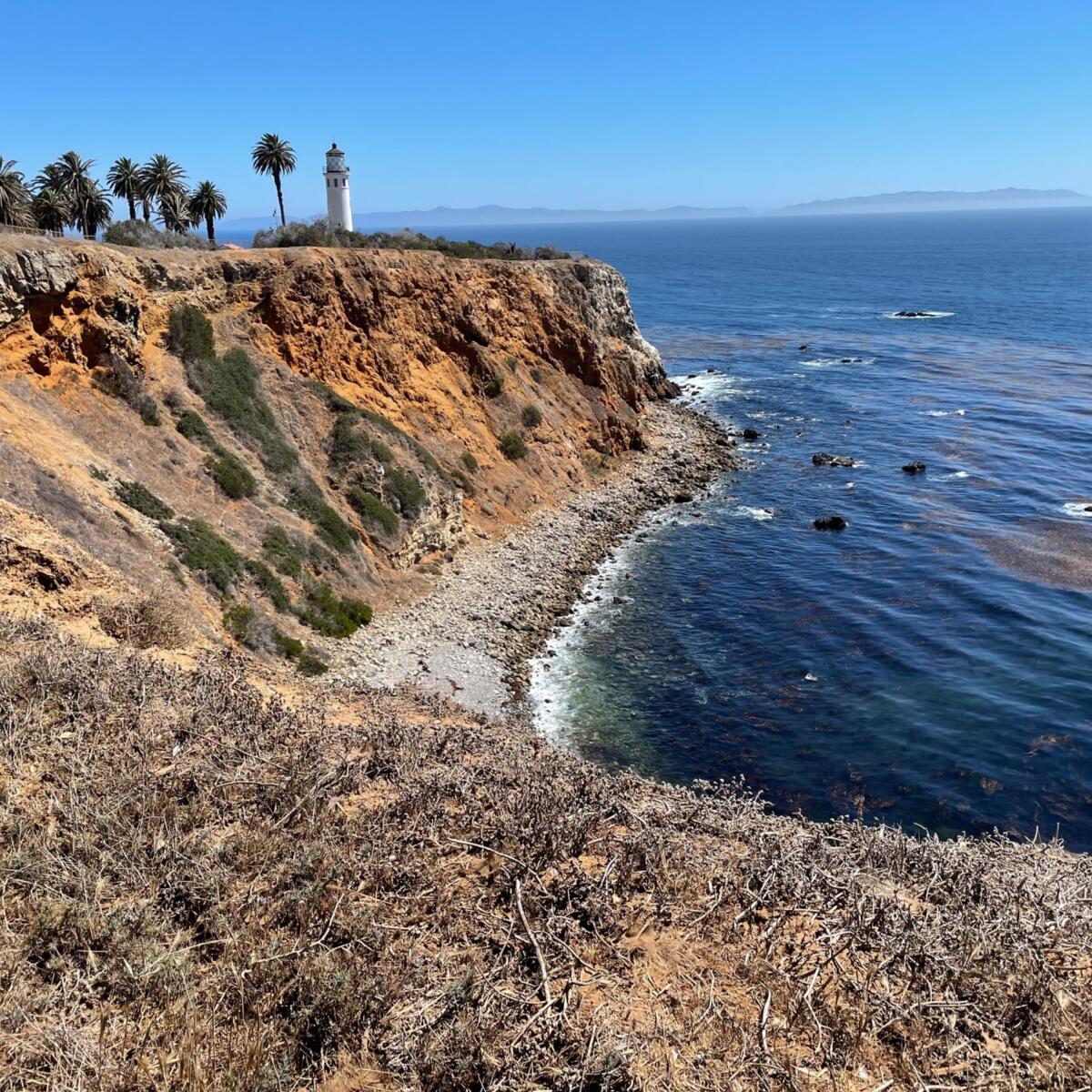
5. Take a bluff walk on the Palos Verdes Peninsula. The Seascape Trail in Rancho Palos Verdes is one of the easiest ways to familiarize yourself with the peninsula’s rocky bluffs and beaches. The walking is easy, with the ocean always by your side. From above, views reveal shale and mudstone cliffs. Narrow, rocky beaches below look hand-carved as they curl in and out of coves. On a sunny day with deep blue water, these views are the stuff postcards are made of. The wide, clearly marked path starts at the Point Vicente Interpretive Center in Rancho Palos Verdes. Continue to the Calle Entradero vista point (you’ll know it when you see it), then turn and retrace your steps. It’s less than a mile round trip. Check out more SoCal hikes with killer ocean views here.
Cool stuff
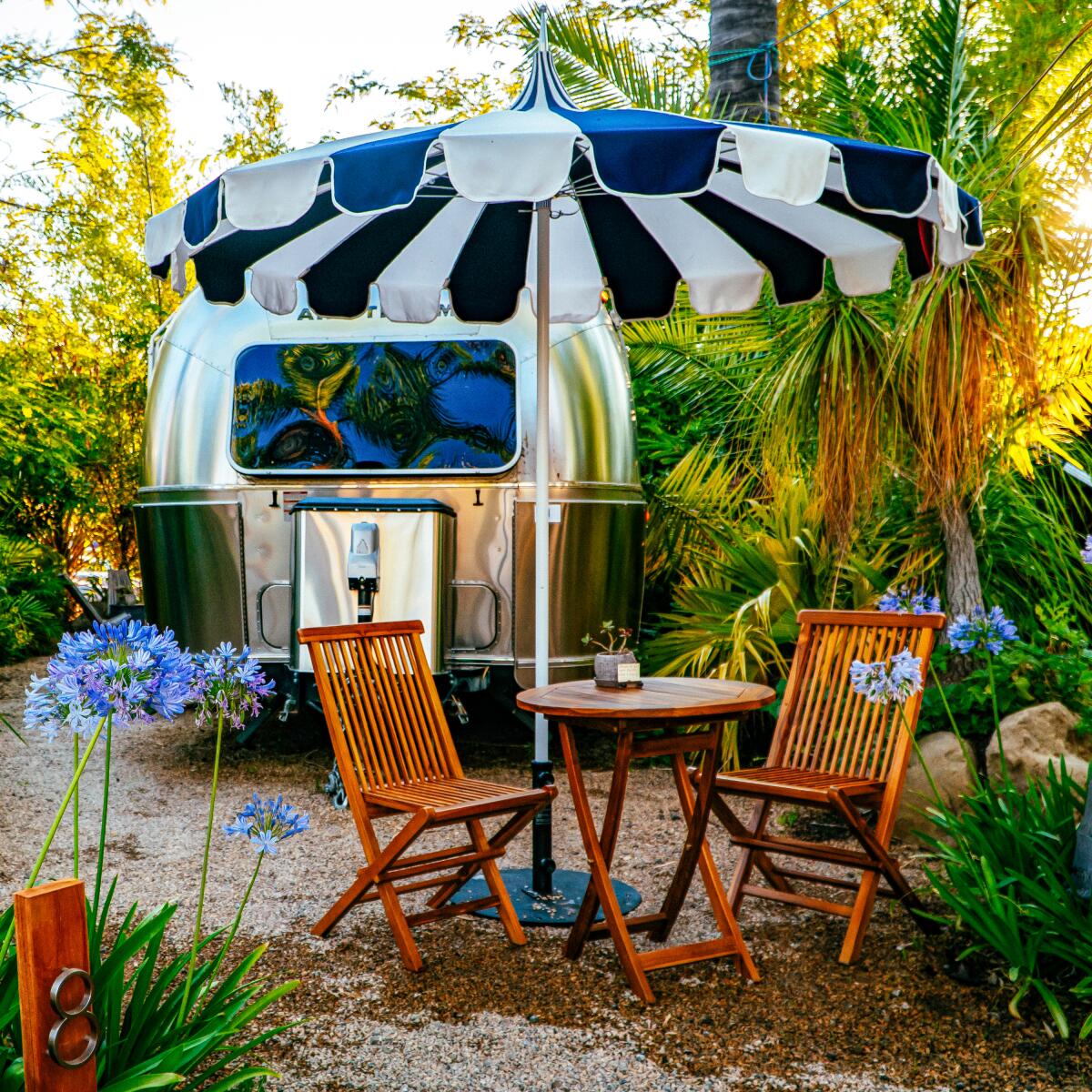
Maybe you want to stay in a silver-bullet Airstream trailer but don’t want to tow it? A handful of California campgrounds now offer classic Airstreams, tricked out with air-conditioning, flat-screen TVs, Wi-Fi and other upgrades. Caravan Outpost, with sweetly landscaped sites in downtown Ojai, describes its Airstream experience as “more upscale than down-home” (and it draws celebrity clients too). The owner of Waypoint Ventura in Ventura says his Airstreams are like “a hotel, but a hotel with a difference.” Flying Flags RV Resort & Campground in Buellton, Calif., mixes it up by including retro “canned ham” trailers, named for their shape. Stays cost about $175 to $215 a night, with some as high as $400. Get the details in this Times story.
The must-read

This happens all the time: You meet someone on the trail, share a moment, bag a peak, and then go your separate ways. What would have happened if the connection lasted longer? Anders Martinsson of Norway had that feeling. He turned to Facebook to find a woman he had met a year ago while hiking on his country’s popular Trolltunga trail. Fifteen days and 7,300 shares later, he found her — but there was an unexpected wrinkle. Read what happened (and my own trail tale) in this story.
The red flag
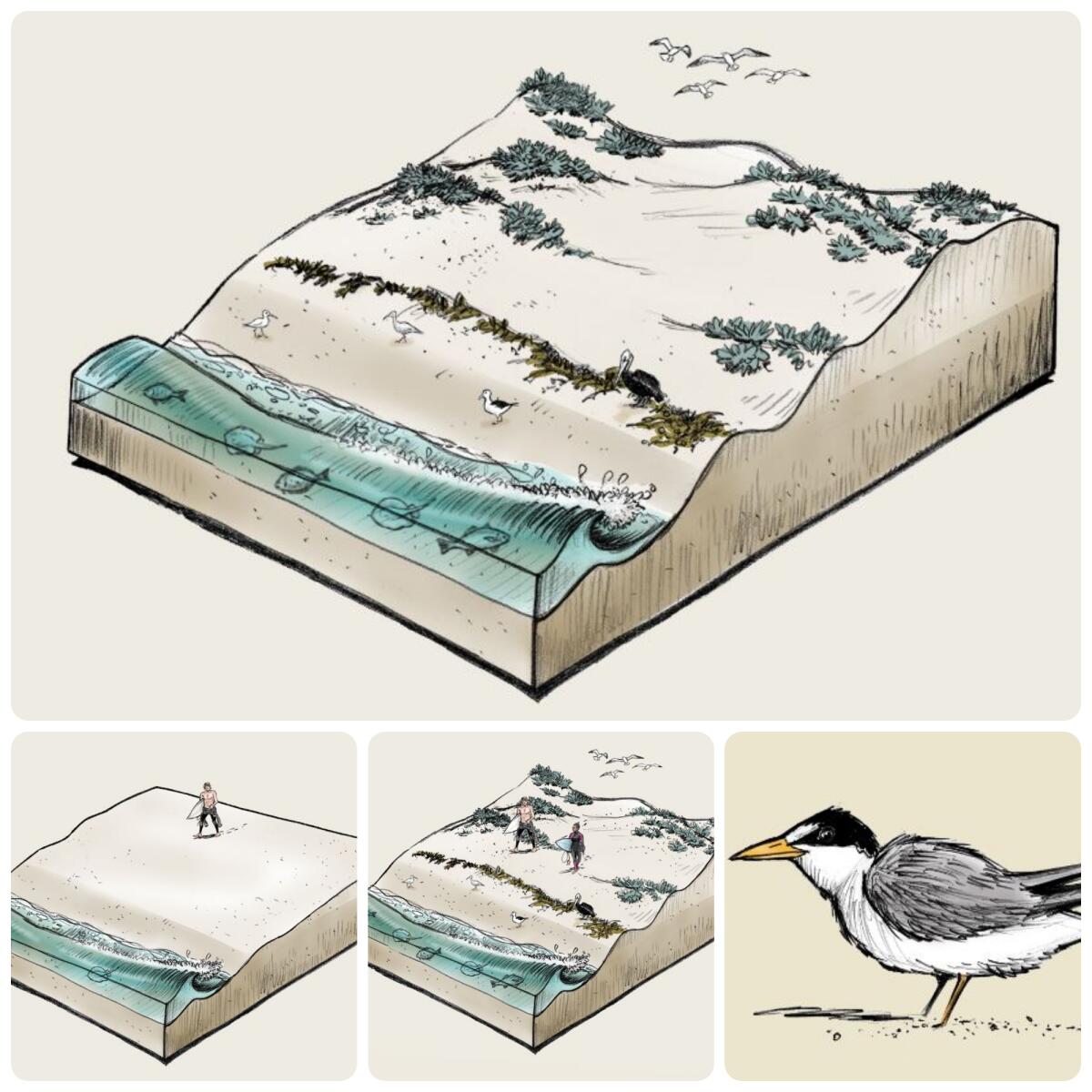
Speaking of wetlands (above, in Things to Do This Week), some scientists are rushing to restore an even more fragile ecosystem: coastal beach dunes. We may think of these places as beachy playgrounds, but they are more than that. “In a land of beach volleyball, umbrellas and picnics on the sand, it’s easy to forget the beach itself used to be a wild place,” Times colleague Rosanna Xia writes. “Coastal dunes once unfurled along the shore, their crests and curves teeming with plants, birds and more bugs than you could imagine. California, in fact, once boasted some of the most biodiverse beaches in the world. But for almost a century, these sandy hills have been flattened and paved over — erased to make room for ever more people seeking to live and play by the sea.” This is a fantastic guide to the creatures who thrive in our local dunes and what’s being done to protect them. Find the full story here.
By the numbers
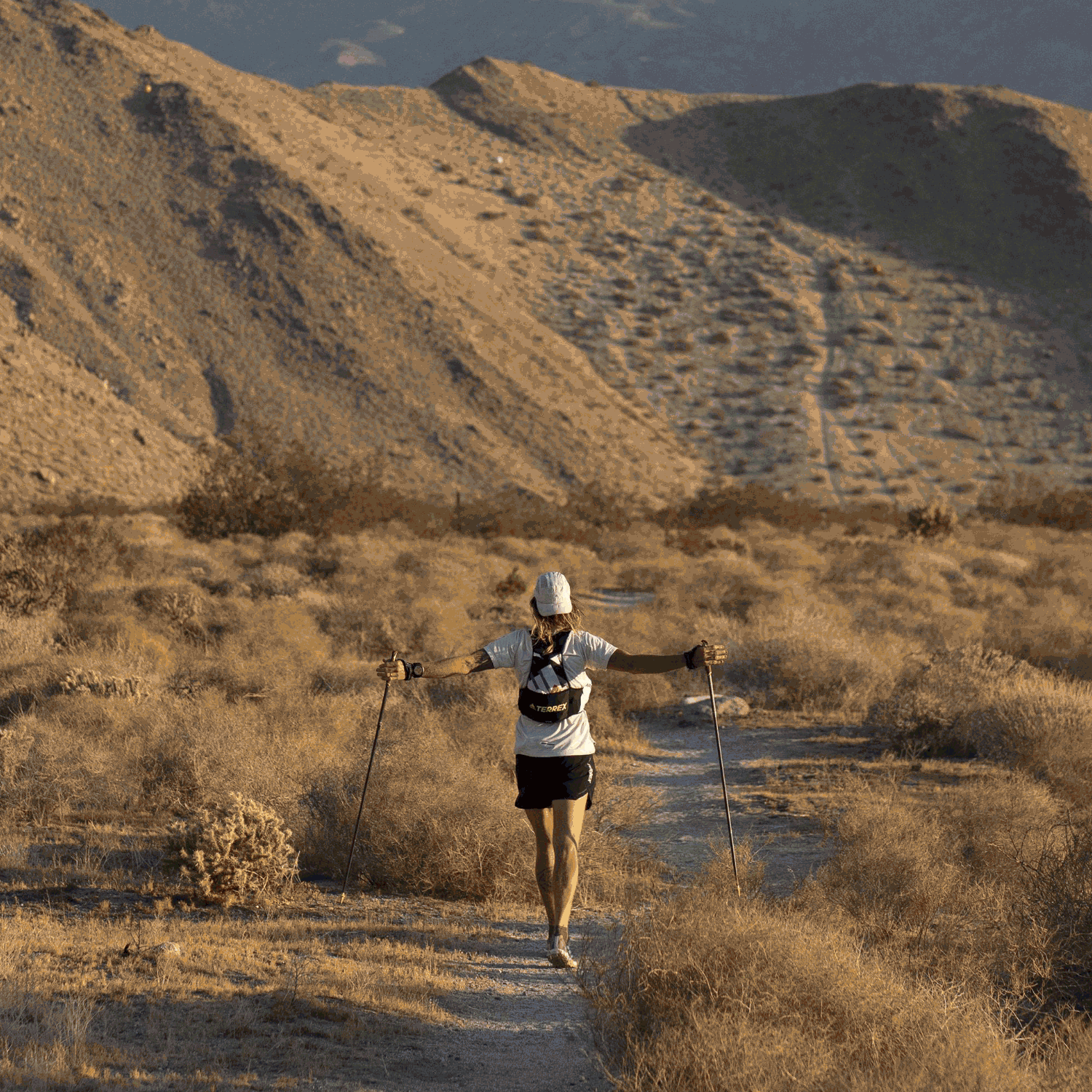
Ultrarunner Timothy Olson on July 22 set the fastest known time to complete the mighty Pacific Crest Trail. Whew! Here’s the breakdown on his south-to-north quest that began June 1.
51 days, 16 hours, 55 minutes: Olson’s finish time on the trail that runs from Mexico to Canada.
2,650: number of trail miles he ran/walked.
16,800: feet of elevation gain on the trail (like climbing the height of Mt. Everest almost 17 times).
50.6: average daily miles.
37: age.
7: members in his support team.
(Based on data from sponsor Adidas. Read more here.)
P.S.

I’ve been thinking about Ron Popeil, the TV pitchman for a string of products he invented, such as spray-on fake hair in a can, Mr. Microphone and the Veg-O-Matic (“It slices! It dices!”). He died last week at age 86. I always wondered whether fishing fans used his Pocket Fisherman (“the biggest fishing invention since the hook ... and still only $19.95!”), which, to me, resembles a grill lighter. I didn’t have to wonder long.
I did some Googling and found a great fish story by Kristen Conlin, who brought her Pocket Fisherman on a family trip in Florida in 2013. “Those of you with siblings will know that no matter how old you are big brothers will always pick on little sisters,” she wrote on Quora. “So it was decided that I could only use the Pocket Fisherman that day and we would not return to shore until I caught a fish. After all it was my toy.” It took awhile, but she snagged a fish big enough to eat. However, a common loon wanted the same fish for dinner, grabbing it in its bill and diving deep. Conlin reeled and fought with her toy pole. “The thimble-sized spool on the PF called for frantic cranking no matter what was on the end of the line,” she wrote. In the end, Conlin had a lovely fish dinner. Popeil would be proud. Read the full account here.
Send us your thoughts
Share anything that’s on your mind. The Wild is written for you and delivered to your inbox for free. Drop us a line at [email protected].
Click to view the web version of this newsletter and share it with others, and sign up to have it sent weekly to your inbox. I’m Mary Forgione, and I write The Wild. I’ve been exploring trails and open spaces in Southern California for four decades.

Sign up for The Wild
We’ll help you find the best places to hike, bike and run, as well as the perfect silent spots for meditation and yoga.
You may occasionally receive promotional content from the Los Angeles Times.




